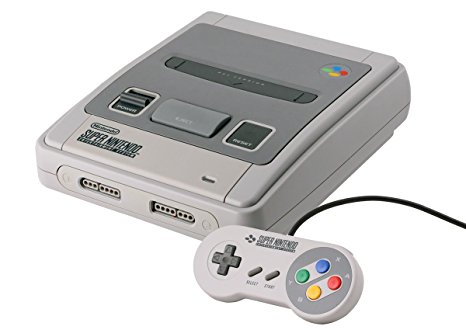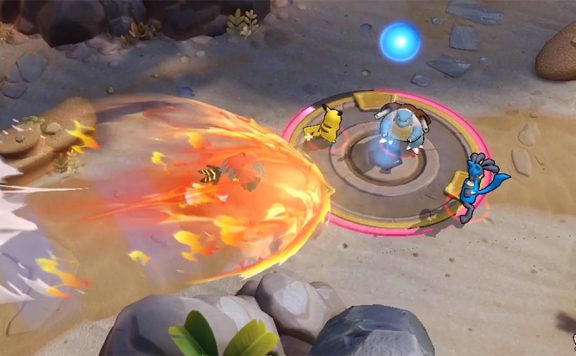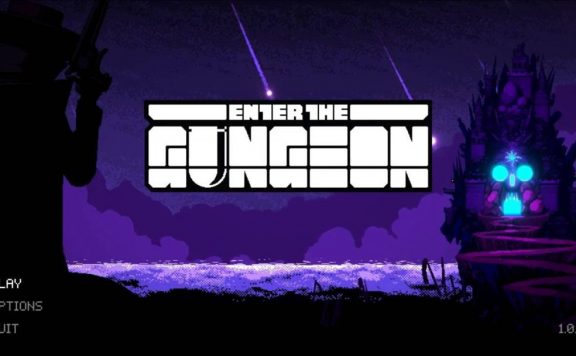A blocky surprise
Pokémon Quest is a strange beast. A free download from Nintendo which was announced – rather quietly in my eyes – amongst their E3 2018 presentation amongst other Pokémon announcements and more. That being said, without bating an eyelid, I downloaded it to give it a go as I am still quite the Pokémon fan.
The aesthetic of it is also strange for regular Pokémon fans and newcomers alike, with users being greeting with a very blocky version of their favourite 151 – yes, 151! – Pokémon, all from Generation 1. Essentially, it’s a Minecraft look on the Pokémon world all around, trees, rocks and even cooking pots have a blocky look. While this look seems jarring at first, I quickly became acclimatised to it and started playing.
The premise of the game is to go on expeditions with your team of three Pokémon around the island of Tumblecube, clearing levels as you go. Your Pokémon level up and evolve like normal as they wander round the stage (including Pokémon you would have to normally trade to evolve, they just evolve normally – no trading needed), gaining experience whether you fail (when your Pokémon all faint, although they do come back to life after a set time if one of your team is still alive during the stage) or successfully complete the stage, defeating the boss of the level.
Taking pointers from Mario’s world design
The stage format is very much like Mario, in the way of 1-1, 1-2, 2,-1 etc., up to 5 parts to a world, so 1-1 up to 1-5 and in each stage you face 3 or 4 ‘waves’ of Pokémon, and your team of three must defeat them all to complete the stage and progress through Tumblecube Island. Your team moves through the stage on rails, with the only input you have being you activating your Pokémon moves, or you can switch to Auto and let the game do it for you, which I don’t recommend. There is also a scramble option, which you can use to get away from the enemy Pokémon when they are about to pull off a move, but I found the feature to be rather ‘everyone run into a wall and get attacked anyway’ rather than just ‘run away from the Pokémon as far you can’ which can be frustrating at times.
At the end of each stage you come up against a boss Pokémon, which you then defeat to complete the level. Defeating the boss on the last stage, then grants you access to the next part of Tumblecube, again like the Mario games of old like Mario 3 and New Super Mario DS.
How freemium should be done
This is very much a freemium game, and is based on a mobile game structure, in that you have battery charges which are used for each stage, and then having to wait a certain amount of time for the charges to recharge (one charge every 30 minutes). You can also get tickets by completing optional objectives such as fielding a whole water team or by fighting and defeating a certain amount of fire Pokémon. These tickets can be used to buy decorations for your base camp, but also provide passive bonuses such as more experience for your Pokémon when a stage is completed, or more ingredients when a level is completed, but you can buy extra packs with real world money to help improve your experience and give you more cooking pots, decorations and the like. It’s not needed to enjoy the game and the packs are there to help improve your experience rather than give you a leg up as it were.
Pokémon Party
Yes, you read that right, ingredients. These ingredients are used in your base camp to cook up meals to attract Pokémon to your camp, which then join your team – no poké balls required. While I do like this idea, again, it does require use of possibly a wiki as there is more than one recipe for the same result or better Pokémon, which you wouldn’t be aware of unless you looked it up. There are 18 different meals that you can cook up to attract certain Pokémon, although to find out what recipes do what and attract which Pokémon will require a quick Google search, which I had to do myself. I wish, however, that once you had discovered a recipe, you could select it from the menu and it would auto-fill the cooking pot with those ingredients for quicker access, rather than you having to drag and drop the ingredients themselves. Any excess Pokémon that come to your camp can be merged with another Pokémon (including duplicates) to help change a move on a Pokémon you already have, or give them extra experience.
You can also power them up using what’s know as ‘Power Stones’ which you can attach to a Pokémon (9 in total for each Pokémon) to make their attack stronger or give them more health. Both ingredients and power stones are given at the end of a completed stage as a reward. Power Stones come in 5 different varieties, with the grey kind being the standard stone, then bronze, blue (silver, if you will) and then gold. From Bronze onward, each stone also has added effects, such as natural HP healing or increased critical damage and which when added together, really gives the game an element of strategy along with the changing of Pokémon types in each stage. You also have stones which can be used to help improve the Pokemon’s moves in some way, whether it be reducing waiting times, increasing the number of repetitions for one attack and more. For all you diehard Pokémon fans out there, you can also attract shiny versions of your favourite Pokémon. While it’s not as hard to find shiny versions compared to the main Pokémon games (I’ve got 3 already), there is still some random luck based with it though.
Conclusion
Pokémon Quest is very much not the Pokémon game that mainstay Pokémon fans would expect and honestly, that’s OK. While it can very much be a grind, Pokémon always has been but much like the main Pokémon games, it’s a grind I still enjoy, even if it is slightly different and has some minor flaws.







